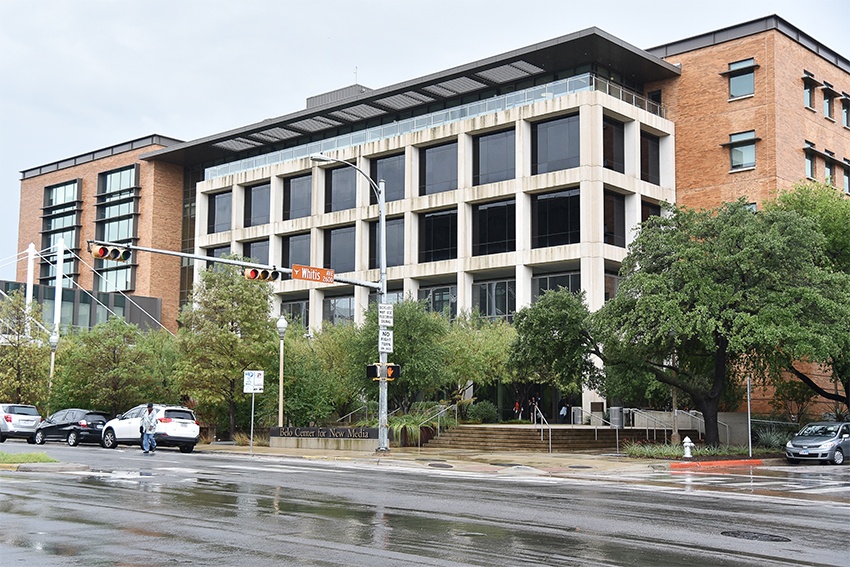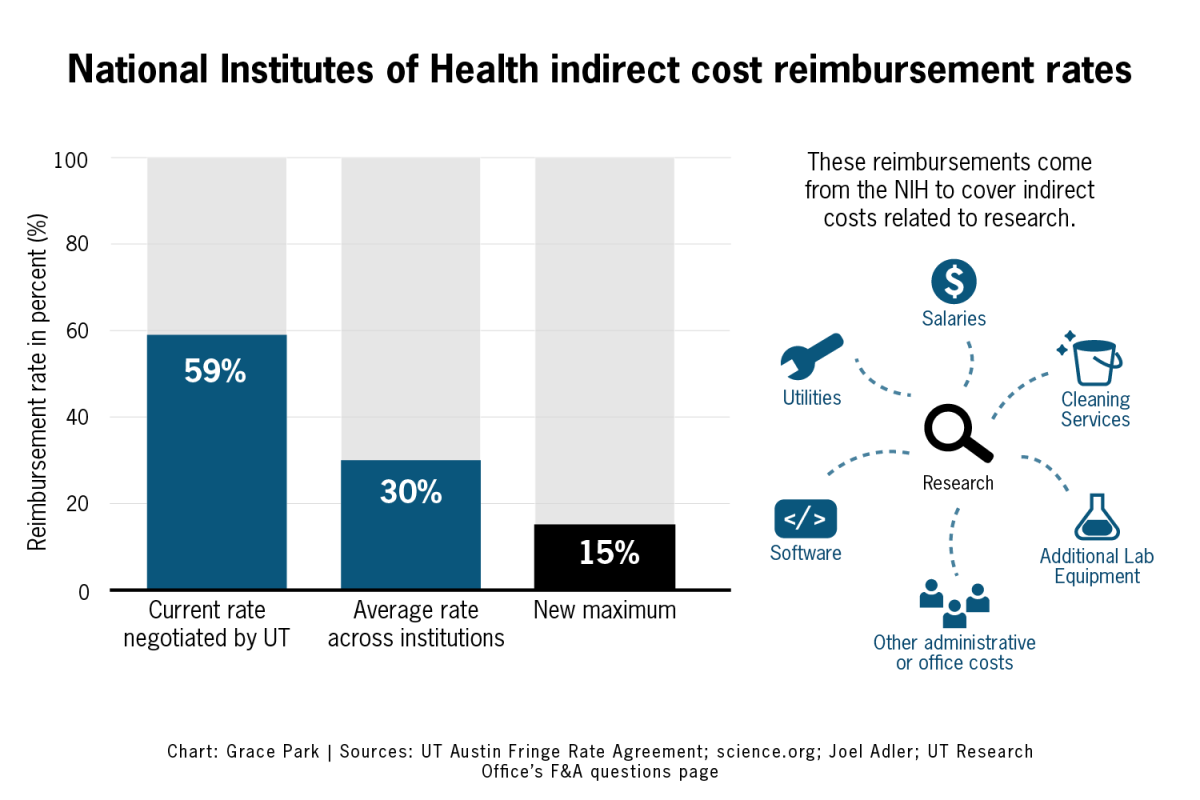Since state requirements over UT’s automatic admission policy changed in 2011, the average SAT score of accepted freshman has continued to increase.
For the first time since 2010, the University is increasing the percentage with which Texas students are automatically accepted to the University from the top-7 percent of high school classes to the top-8 percent. The change will go into effect for those applying for admission beginning in fall 2016.
Before 2010, the University automatically accepted the top-10 percent of high school classes. Since fall 2011, the University has been required by law to admit 75 percent of its incoming freshmen automatically based on their high school class rankings and has changed the automatic acceptance threshold.
Between fall 2011 and fall 2013, the University’s average composite SAT score for first-time freshmen increased 0.8 percent from a composite score of 1858 to 1872, according to data from the University’s Institutional Reporting, Research, and Information Systems. In fall 2007, after the SAT switched to a 2400-point grading system, the score was 1833. The College Board announced earlier this year it will switch back to a 1600-point grading system.
David Laude, senior vice provost for enrollment and graduation management, said the University’s increase in SAT scores might be because of the growth in the number of UT applicants over the past 10-15 years.
“When more students apply to the University, you end up in a situation where you have the ability to be more selective, especially for students who want to enter into [science, technology, engineering and mathematics, or] STEM fields,” Laude said. “The math SAT score is just a very good indication of your math preparation. Schools like the Cockrell School of Engineering and the College of Natural Sciences naturally look for students who have high math SATs.”
Laude said the competition between people to be in the top percent of their classes produces students who are better at taking standardized tests.
Students who are not admitted as automatic qualifiers are accepted under holistic review.
“Holistic review asks that we look at a large number of different factors to determine who it is who will be admitted,” Laude said. “SAT is just one of those. However, because there’s such substantial interest in STEM fields, I think you start to see a disproportionate weighting given toward the SAT for those particular areas because admissions is looking for a goodness of fit for a student.”
SAT and ACT scores of Austin Independent School District students have also increased.
According to AISD, the average overall SAT scores for AISD students during the 2013-2014 school year was 1507, compared with 1432 statewide. The average ACT composite score for AISD students was 21.9, exceeding the state and national average composite scores of 20.9 and 21.0, respectively.
“Preparing Austin students to graduate college-ready is among our top priorities at AISD,” AISD Interim Superintendent Paul Cruz said in a statement. “An increase in SAT and ACT scores, as well as higher participation in taking these exams, shows we are making progress.”
Laude said about 38,000 students applied to the University in fall 2013, and he expects this number to grow over the next few years, therefore increasing the competition for non-automatic qualifying spots.
“It means you just have to be really, really good across the board to be able to get in,” Laude said.



















